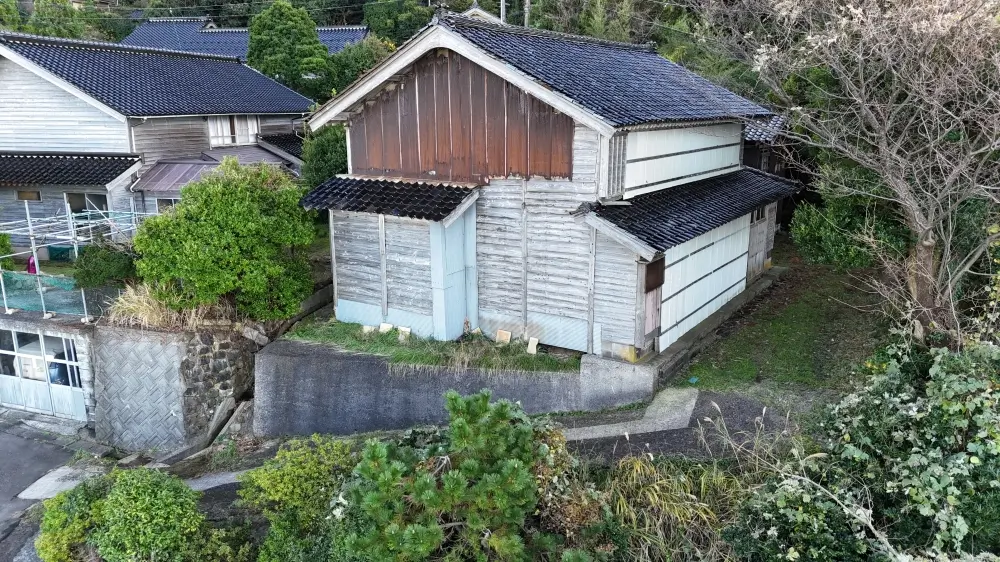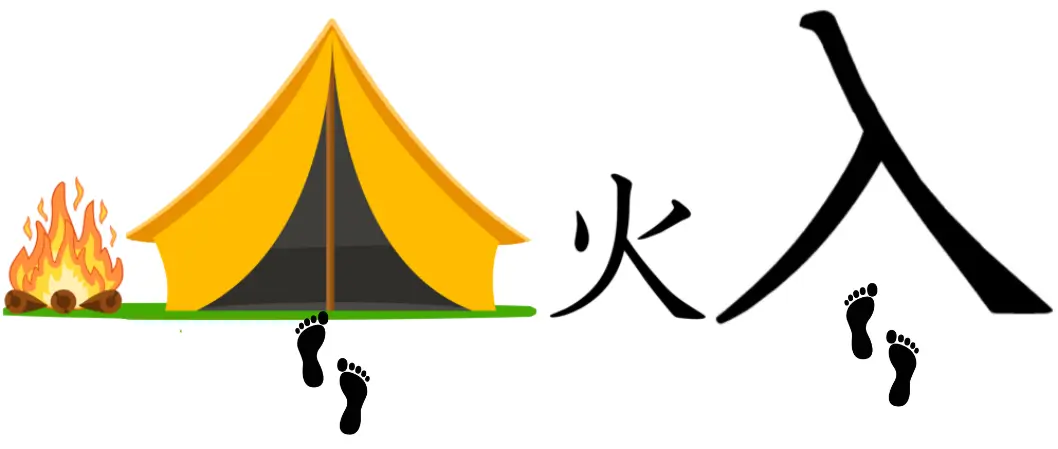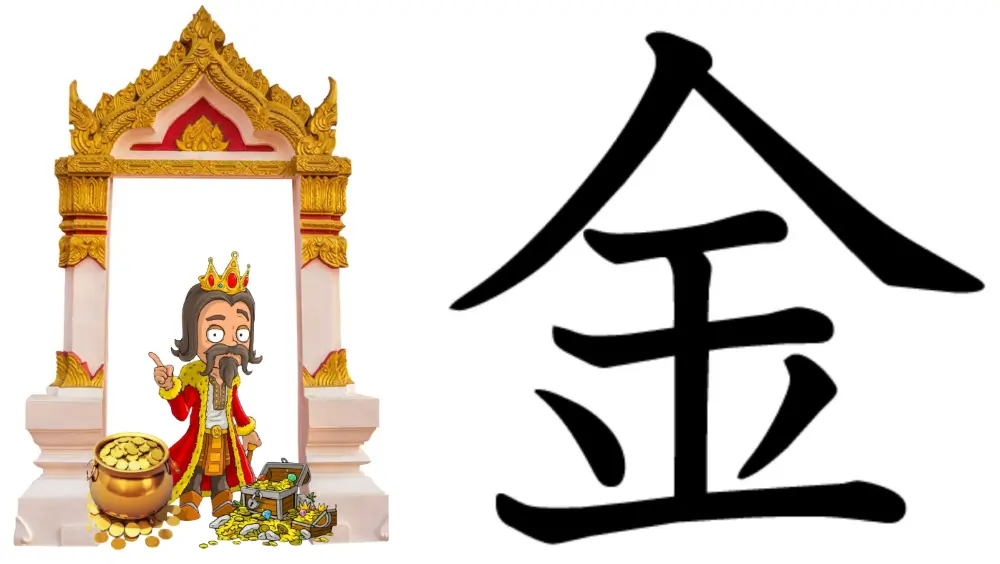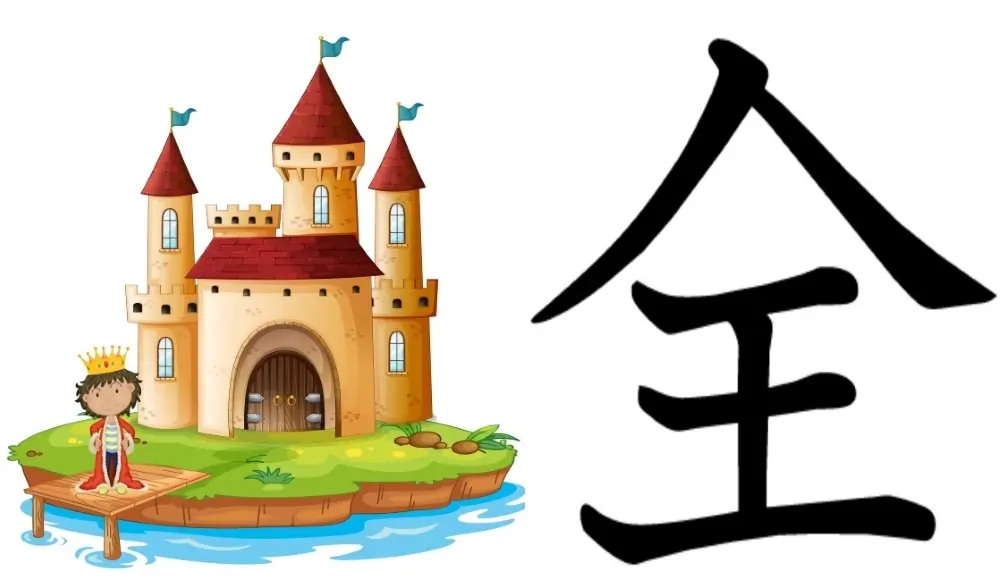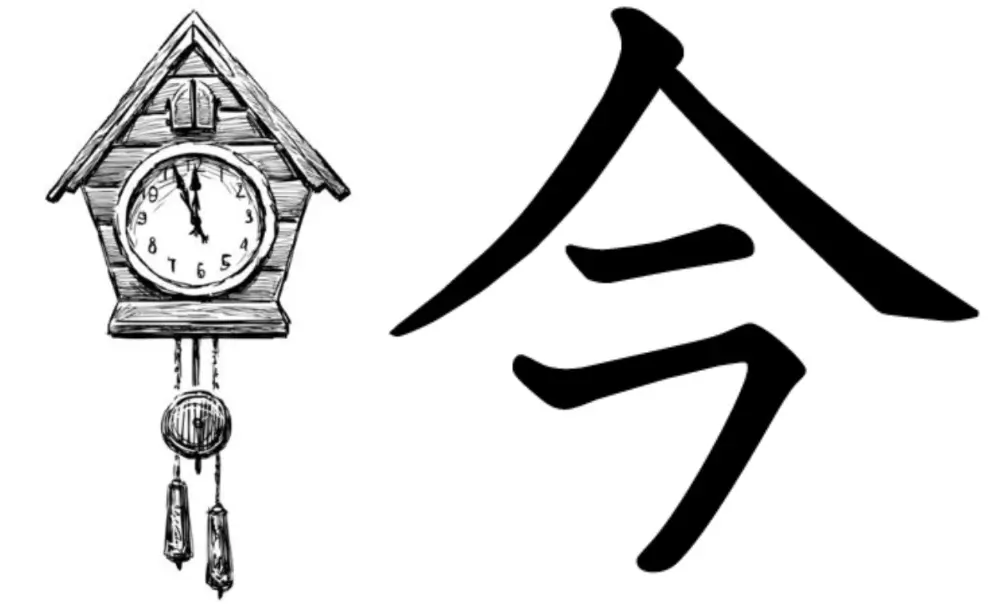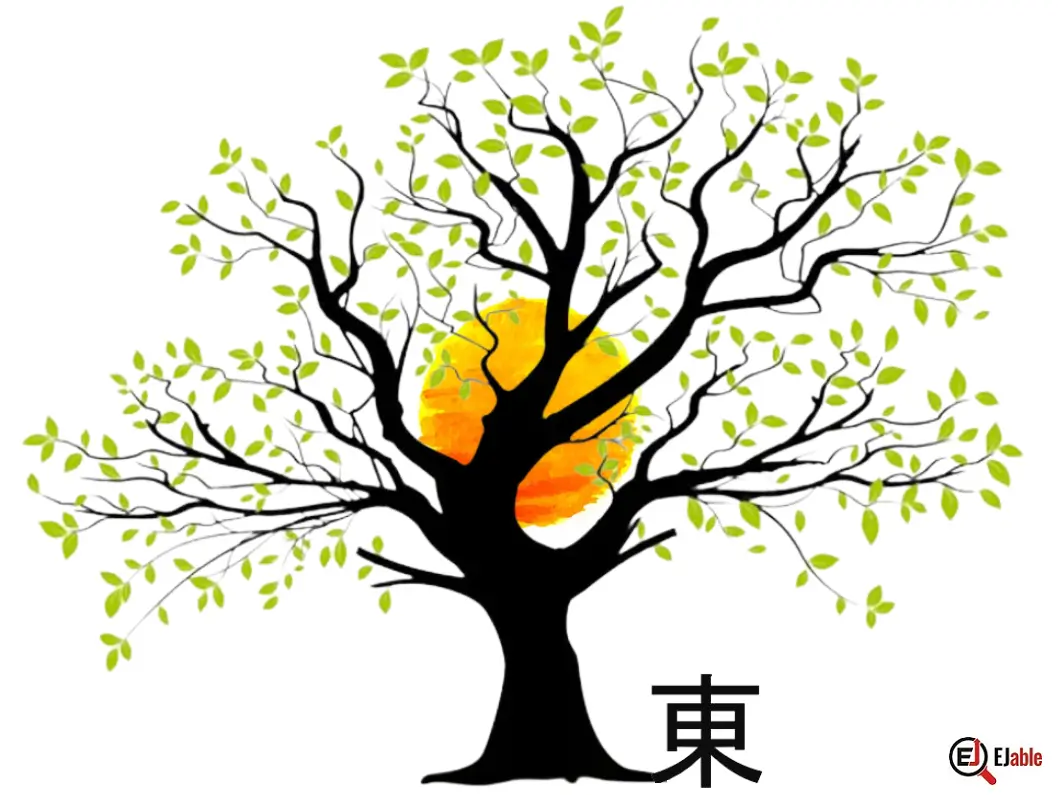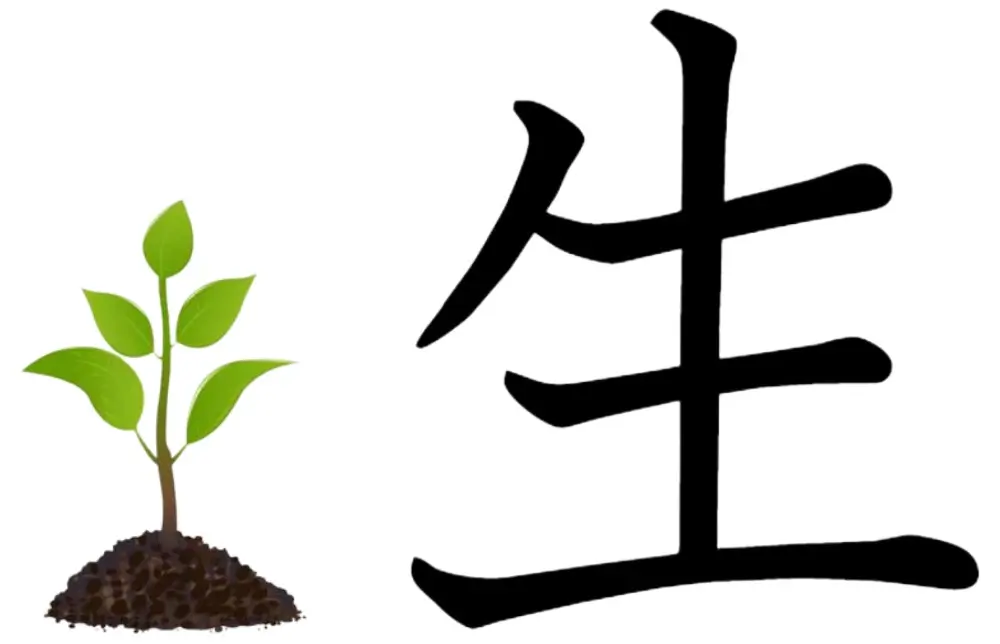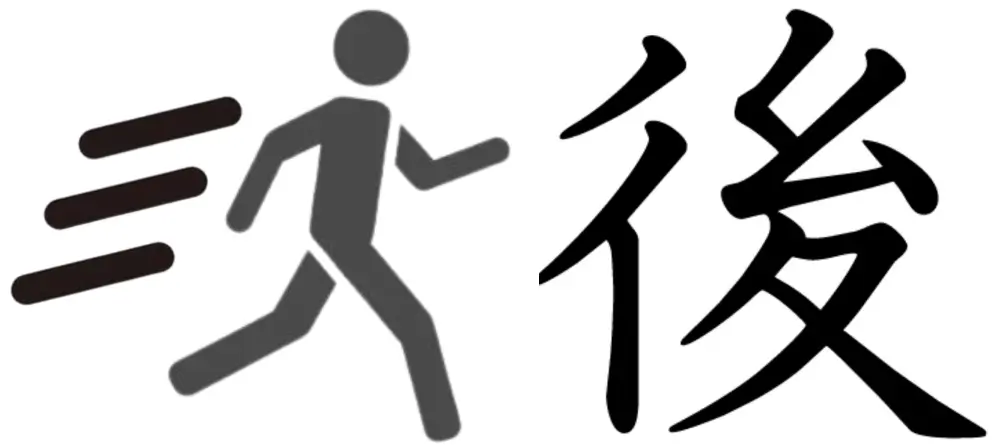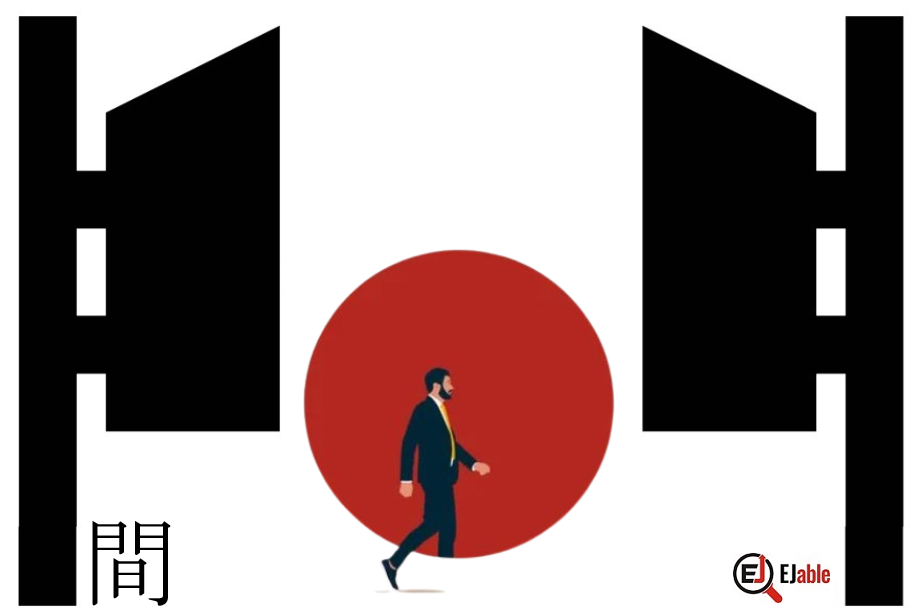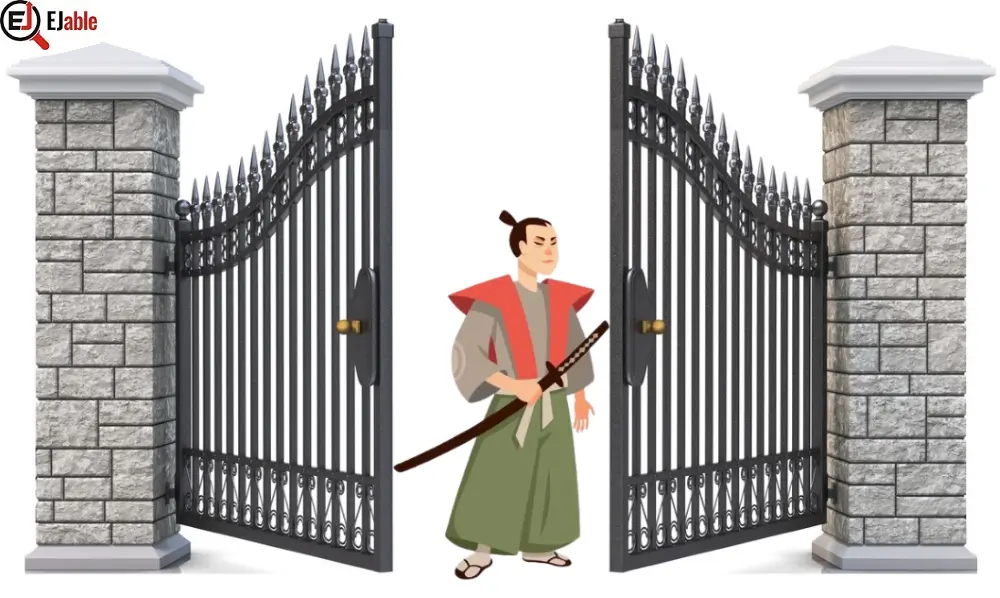Akiya: Buying Abandoned Cheap Houses in Japan
We have long heard that houses in Japan are expensive. Then, all of a sudden, someone tells you that you can buy a cheap house in Japan. Imagine the waves such a statement will cause. The same thing happened with the Akiya phenomenon in Japan. Akiya, or abandoned cheap houses, has always existed in Japan. However, lately, this has become
Continue reading
